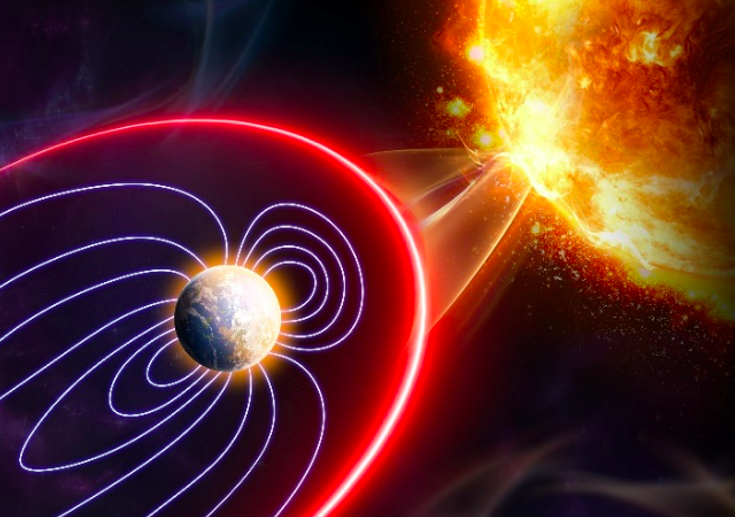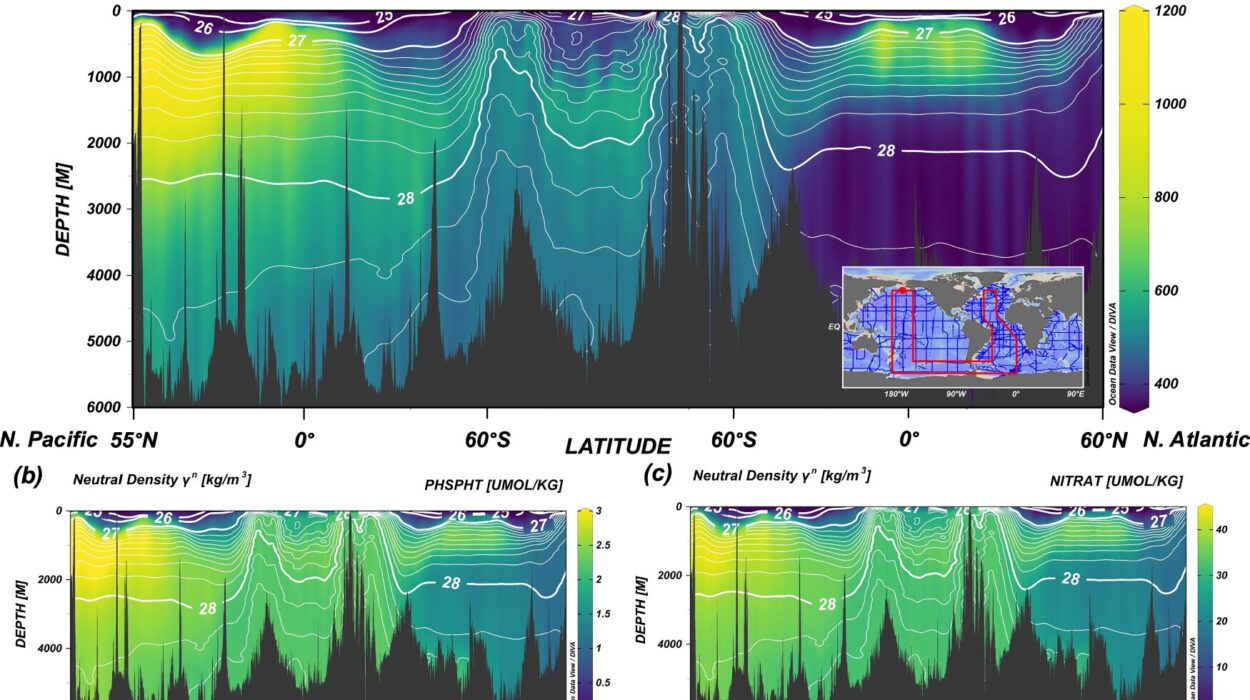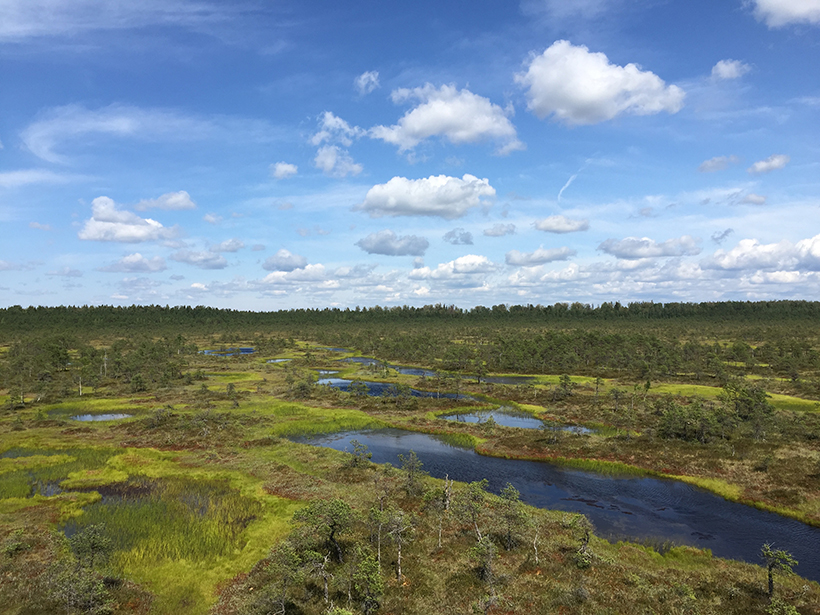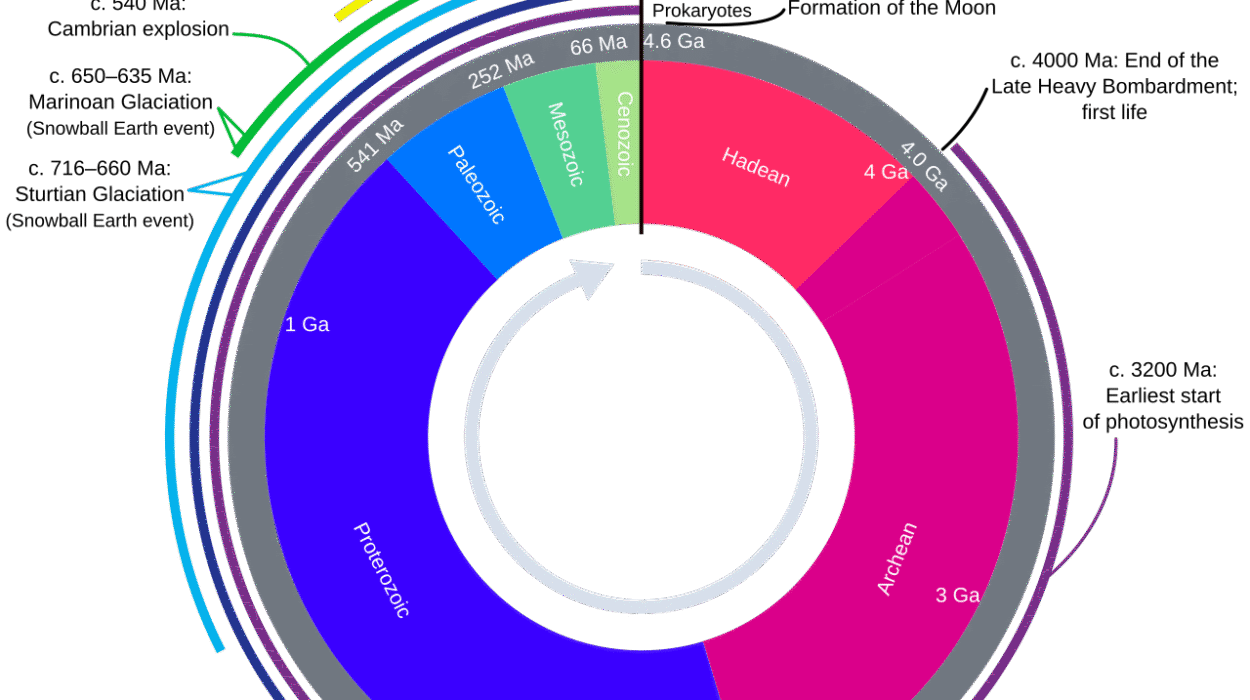Some 93 million miles from Earth, a churning furnace of unimaginable energy burns with such intensity that it illuminates our planet, warms our oceans, and gives life to the very fabric of our ecosystems. This celestial engine, the Sun, is far more than a glowing orb in our sky. It’s a dynamic, often tempestuous star, and when it exhales, it does so with a breath so powerful it can alter the very shield that protects life on Earth.
This breath is known as the solar wind—a constant stream of charged particles launched from the Sun’s outer atmosphere, the corona. These particles, primarily electrons and protons, travel through the solar system at speeds that can reach more than a million miles per hour. To the untrained eye, they are invisible. But their effects? They are written across the sky in auroras, ripple through our power grids, distort satellite signals, and even hold the potential to peel away the atmospheres of less fortunate worlds.
To understand how solar wind interacts with Earth’s atmosphere is to peer into a cosmic ballet of magnetism, plasma, and planetary defense. It is a story of light and danger, of beauty and threat. It is the story of how Earth dances with the Sun.
The Wind that Wasn’t Really Wind
Calling it a “wind” might seem misleading. The solar wind is not a breeze in the conventional sense. There’s no air in space, no molecules rubbing shoulders as they do on Earth. What we call solar wind is actually a plasma—a fourth state of matter consisting of high-energy, charged particles, stripped of their electrons and set loose into the void.
This plasma escapes the Sun’s gravitational grip thanks to the intense heat of the corona, which inexplicably blazes at millions of degrees Kelvin—much hotter than the Sun’s surface itself. The mystery of this heat has challenged solar physicists for decades. Yet what we do know is that when these particles break free, they do not wander aimlessly. They form a solar wind, constantly expanding outward, filling every inch of our solar system and shaping what’s known as the heliosphere—a vast magnetic bubble that envelops the Sun and its planets.
As these particles flow outward, they carry with them the Sun’s magnetic field. This interplanetary magnetic field (IMF) isn’t merely decoration. It plays an essential role in how the solar wind affects Earth, and it brings us to the front lines of a space weather battle that unfolds above our heads every day.
Earth’s Magnetic Fortress
Luckily for life on Earth, we are not left unguarded. Surrounding our planet is a magnetic cocoon known as the magnetosphere. Generated by the churning molten iron of Earth’s outer core, the magnetosphere acts like a cosmic shield, deflecting most of the solar wind before it can reach our fragile atmosphere.
But this defense is not invincible.
When the solar wind intensifies—such as during solar storms, coronal mass ejections (CMEs), or high-speed streams from coronal holes—it can press against Earth’s magnetic field, causing it to ripple, stretch, and at times, snap open. When the magnetic fields of the solar wind and Earth align in a certain way—called magnetic reconnection—charged particles can surge through the gaps in our defense and pour into the atmosphere at the poles.
The results of this invisible battle light up the skies.
Auroras: The Sky’s Glowing Signature
When charged solar particles funnel into Earth’s atmosphere near the magnetic poles, they collide with atoms of oxygen and nitrogen in the upper atmosphere. These collisions excite the atmospheric particles, pushing their electrons into higher energy states. As those electrons fall back to their normal state, they emit light. The color of the light depends on the type of gas and the altitude of the collision.
This is the science behind auroras—those magnificent, undulating curtains of green, pink, purple, and red that dance across polar skies. The aurora borealis in the north and aurora australis in the south are more than just natural wonders; they are visible fingerprints of solar wind brushing against our planet.
But while auroras are the most beautiful result of this interaction, not all the effects are so enchanting.
Geomagnetic Storms and Technological Chaos
When the solar wind becomes more intense than usual, it can trigger geomagnetic storms—disruptive surges in Earth’s magnetic field. These storms are not just concerns for astrophysicists. They are serious threats to the modern technological infrastructure that underpins our civilization.
One of the most famous examples of this occurred in 1859: the Carrington Event. During this powerful solar storm, auroras were seen as far south as the Caribbean, and telegraph systems around the world went haywire. Some operators reported electric shocks. Wires sparked. Equipment caught fire. All this occurred long before humanity was dependent on satellites, GPS, or massive interconnected power grids.
If a storm of similar magnitude hit Earth today, the results could be catastrophic. Satellites could be damaged or destroyed. GPS navigation systems would fail. Radio communications could be knocked out. Power grids could suffer massive outages, as they did in Quebec in 1989 during a relatively smaller storm that plunged six million people into darkness in under two minutes.
The solar wind, once invisible and mysterious, has become a very real player in the drama of human vulnerability.
The Ionosphere and Atmospheric Echoes
Far above Earth’s surface, in a region known as the ionosphere, the effects of solar wind play out in subtle but significant ways. The ionosphere is a layer of charged particles that forms under the influence of solar radiation. It stretches from about 60 to 1,000 kilometers above the Earth and is crucial for radio communication, as it reflects and refracts radio waves.
Solar wind affects this layer by enhancing or disrupting its ionization. During solar storms, the influx of high-energy particles can over-ionize the region, causing radio blackouts or signal degradation. Airline pilots, especially those flying over polar routes, may need to reroute to maintain communication with ground control.
Moreover, the ionosphere also plays a role in GPS signal accuracy. When solar activity disturbs it, GPS signals traveling through it can become delayed or refracted, leading to errors in positioning. For daily users, this might mean inaccurate navigation. For the military or emergency responders, it could mean something far more serious.
Atmospheric Loss and Lessons from Mars
The solar wind not only influences Earth’s upper atmosphere—it has the potential to strip it away entirely. This has happened before. Just look at Mars.
Mars, once rich with water and possibly a thick atmosphere, lost most of it over billions of years. Why? One of the primary reasons is its lack of a global magnetic field. Without a magnetosphere to deflect solar wind, Mars has been slowly eroded by the Sun’s breath. Its atmosphere has been sandblasted away, molecule by molecule.
NASA’s MAVEN mission has provided chilling insights into how this process works. It observed solar wind particles energizing Martian atmospheric particles, accelerating them to escape velocity, and hurling them into space. Over eons, this invisible theft transformed Mars from a potentially habitable world into the cold, dry desert it is today.
Earth’s magnetic field, in contrast, has largely preserved our atmosphere. But understanding the fate of Mars is a stark reminder of how vital our magnetosphere is, and how dependent we are on it continuing to function.
Climate Change: A Tangled Question
One of the more debated questions is whether the solar wind has any significant impact on Earth’s climate. The answer, while not fully resolved, leans toward subtlety rather than drama.
While solar activity, including variations in the solar wind, can influence Earth’s weather and climate systems in minor ways—such as altering the upper atmosphere’s temperature and circulation—it is not a primary driver of modern climate change. That dubious honor belongs to human activity and greenhouse gas emissions.
However, during periods of prolonged low solar activity, like the Maunder Minimum in the 17th century, Earth did experience cooler temperatures. The mechanisms are still being explored, but it’s likely a complex interplay of solar radiation, cosmic ray influx, cloud formation, and other factors. Solar wind may be one of many threads in the vast web of Earth’s climate dynamics, but it is not the hand that turns the thermostat.
A Shield Under Threat?
As awe-inspiring as our magnetic field is, it is not immutable. Earth’s magnetic poles wander. Occasionally, the poles even reverse, an event that has happened many times over geological history. Such a reversal doesn’t happen overnight—it unfolds over thousands of years—but during the transition, the magnetic field may weaken.
This raises a haunting question: What happens if our magnetic field grows weak enough that it can’t deflect the solar wind effectively?
While this scenario is the subject of ongoing research and debate, it is unlikely to lead to an immediate atmospheric catastrophe. But it would increase our exposure to radiation, raise the risk to satellites and power grids, and potentially cause biological and technological disruptions.
Monitoring our magnetic field, like monitoring the Sun, is more than academic curiosity—it’s a precaution against a future where the sky could once again turn against us.
Eyes on the Sun: Watching the Wind
Modern science has not left us defenseless. A fleet of satellites vigilantly watches the Sun, measuring solar activity, tracking sunspots, detecting CMEs, and forecasting solar storms. The Solar and Heliospheric Observatory (SOHO), NASA’s Parker Solar Probe, and the European Space Agency’s Solar Orbiter are just a few of the sentinels keeping an eye on the solar wind.
Forecasting space weather is still an evolving science, but the goal is clear: to give us early warnings of solar outbursts, to prepare our satellites, protect our astronauts, and safeguard our electrical grids.
Understanding solar wind isn’t just about stargazing—it’s about survival in a solar system shaped by a star that never stops breathing.
Conclusion: The Sun, Our Tempestuous Companion
Solar wind is one of the most mysterious and majestic forces in the universe. It has shaped planets, sculpted atmospheres, and written glowing poetry across the polar skies. It is the echo of solar fire, a whisper and a roar that travels across the cosmos to remind us that we live in the realm of a star.
It has taught us about protection, through the magnetosphere. It has shown us beauty, in the auroras. And it has given us warning—that even something as distant as the Sun can reach into our lives and alter them in profound ways.
We are lucky. Lucky to have a magnetic shield. Lucky to have scientific foresight. Lucky to be alive on a planet where, even as we dance in the wind of a star, we are still able to gaze upward in wonder.
In the end, the story of solar wind and Earth is not just about danger or science—it is about connection. It is the story of how the breath of a star becomes part of the heartbeat of our world.






